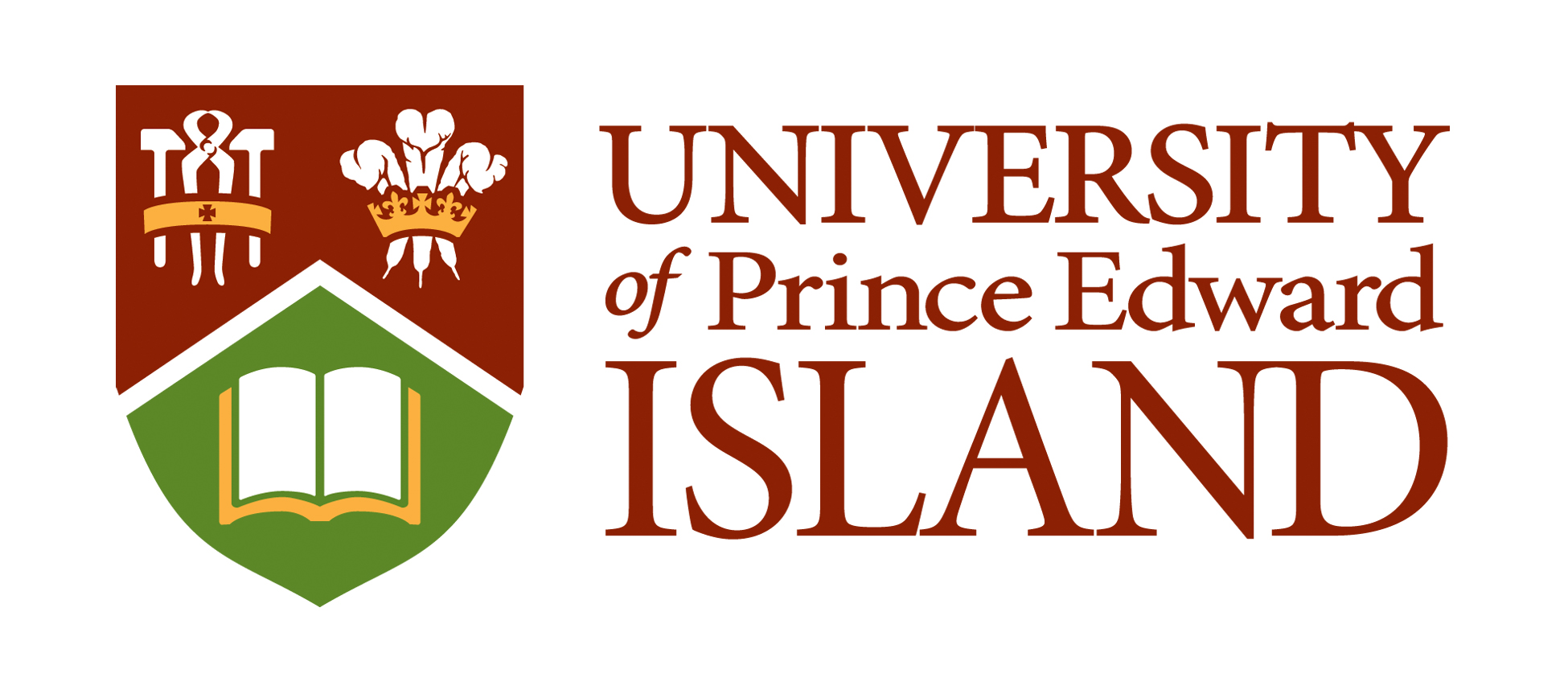2015 CMS Summer Meeting
University of Prince Edward Island, June 5 - 8, 2015
Reaching our Students: Increased Participation and Persistence in First-Year Mathematics Courses
Org: Darja Kalajdzievska (Manitoba) and Gordon MacDonald (UPEI)
[PDF]
Org: Darja Kalajdzievska (Manitoba) and Gordon MacDonald (UPEI)
[PDF]
- DAVID BRESSOUD, Macalester College
Insights from the MAA Study of College Calculus [PDF]
-
Since 2009, the Mathematical Association of America has conducted a series of studies of mainstream Calculus across the United States. For the first five years, {\it Characteristics of Successful Programs in College Calculus\/} (NSF \#0910240) undertook a large-scale survey of students and instructors in Calculus I with follow-up case study visits to 18 of the colleges and universities that had interesting and promising programs. We have just been funded for an additional five years for an expanded study, {\it Progress through Calculus\/} (NSF \#1430540). This will be an overview of what we’ve found so far and what we hope to accomplish.
- ROBERT CRAIGEN, Manitoba
- GERDA DE VRIES, University of Alberta
Tales from the Trenches: Blended Learning in a Calculus Class at the University of Alberta [PDF]
- GERDA DE VRIES, University of Alberta
-
Blended learning is a combination of face-to-face and computer-mediated teaching and learning activities. Blended learning gives students some control over the time, place, content, and pace of their own learning, and it provides instructors with flexibility to enhance the in-class experience. At the University of Alberta, we piloted Calculus for the Physical Sciences I and II in a blended format in 2014-2015. I will present an overview of the structure of our blended courses, provide examples of some of the face-to-face and online learning activities that we experimented with, share some initial feedback (from students, observers, and the instructor), and reflect on our successes and challenges.
- DANNY DYER, Memorial University of Newfoundland
How I spent my Fall semester: experiences with active learning in Calculus I [PDF]
-
As part of a project to increase student engagement at Memorial, I taught a revamped version of our standard Calculus I course where I spent approximately half of class time having students work on problems. I will talk about what I did to allow these changes, the outcomes, and the feedback I received from students.
- DARJA KALAJDZIEVSKA AND LINDSAY WESSEL, University of Manitoba
Rethinking Course Structure [PDF]
-
This talk focuses on a non-traditional course structure aimed at decreasing failure and withdrawal (F/D/VW) rates as well as increasing overall student success and mastery of content in a first year non-developmental mathematics course. We will present details of the new course structure, as well as grade data comparisons to previous years, and general observations.
- MARGO KONDRATIEVA, MUN
Ways of reaching our students with different technological tools [PDF]
-
Integration of technology with classroom instruction is often considered as one of effective tools for reaching our ‘digitally native’ students. In this talk I will focus on two types of technology: on-line tutorials and dynamic geometry software. Based on the results of interviews with students and instructors who used this technology in undergraduate mathematics courses, I discuss various characteristics and affordances of each type of technology in terms of students’ achievements in their study and, more broadly, in terms of their educational goals.
- GORDON MACDONALD, University of Prince Edward Island
Ideas for reaching uninterested Calculus students [PDF]
-
I will discuss my experiences and experiments teaching first-year Calculus. We will begin with the question: “Is student interest a prerequisite for student success?'”
- REBECCA MILLEY, Grenfell Campus, Memorial University
Flipping it: the inverted calculus classroom [PDF]
-
A “flipped” or “inverted” classroom is a learning model in which students learn course content at home before attending a physical class where they discuss, practice, and otherwise engage with that content. In Fall 2014, a flipped approach was used to teach Math 1000 (Calculus 1) at Grenfell Campus, Memorial University. In preparation for class, students watched screencast videos of new lecture material, completed short practice activities, and took an online quiz; in class, students participated in discussion about the new material and completed additional practice activities. This presentation will discuss tools for facilitating a flipped classroom (including screencasts and online assessments) as well as student response to the flipped format.
- BRYAN PENFOUND, University of Winnipeg
Explain the Method - The Use of Video Assignments for Pre-service Teachers [PDF]
-
During the Winter semester of 2015, I decided to incorporate video assignments for the mathematics course I was teaching for the early and middle years pre-service teachers. Students selected one of three topics and explained the mathematics behind the computational algorithm in a short instructional video. In this talk I will discuss the assignment structure in more depth, give student exemplars, and describe some of the successes and struggles of implementing such an assessment.
- [GROUP] MATH ED. ROUND TABLE DISCUSSION
- PAMINI THANGARAJAH, Mount Royal University
Ideas for student Projects in Elementary Linear Algebra [PDF]
- PAMINI THANGARAJAH, Mount Royal University
-
Final projects are part of the curriculum in several of our mathematics courses and in-class presentations play a role in many classes as well. We will discuss some linear algebra projects and our experience with student projects in a first year mathematics courses.







